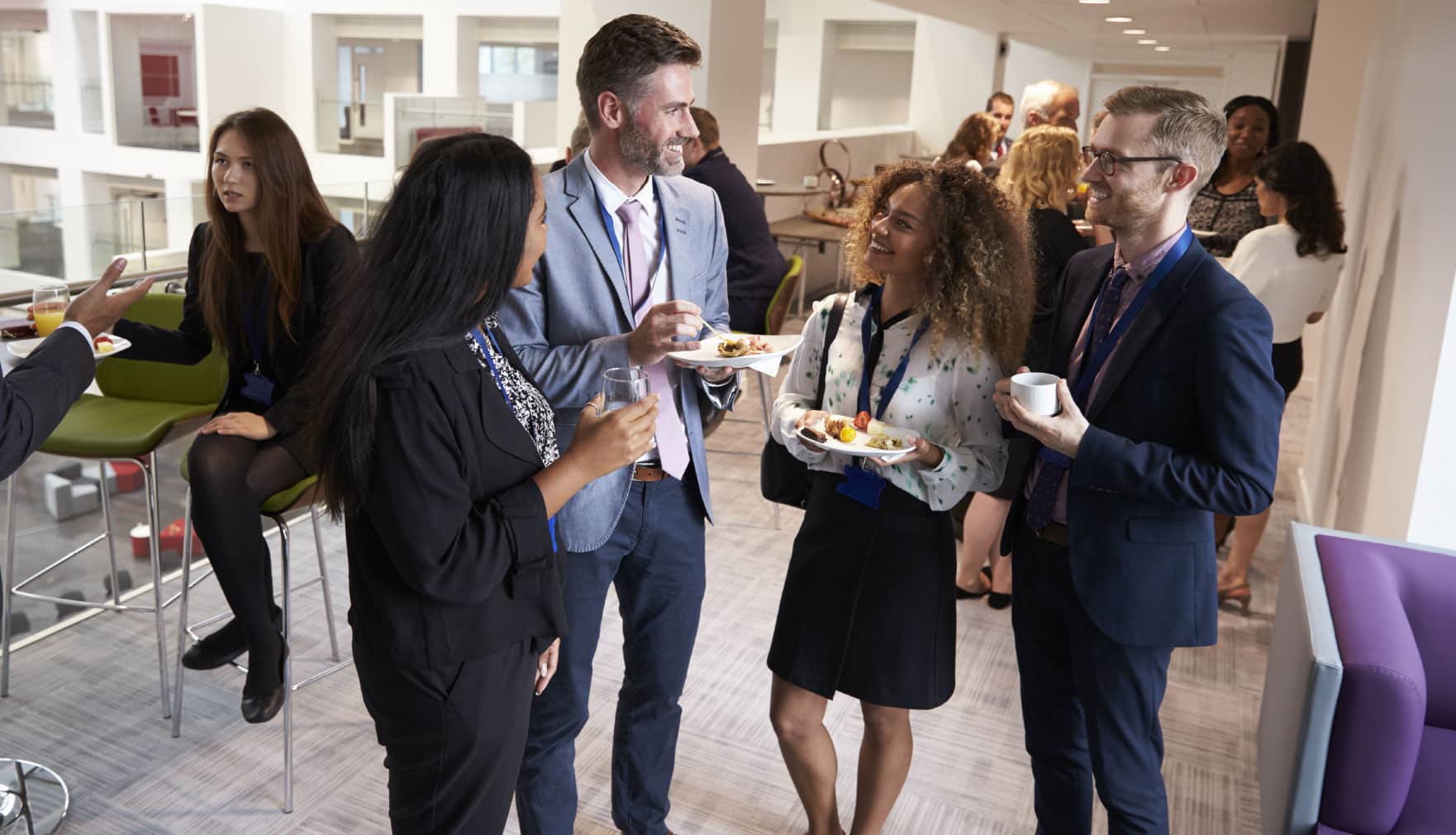What are the Job Interview Process Stages?
Attracting and retaining talent is one of your most critical tasks as a business leader. Arguably, it is the most important. Your employees are the faces of your company; they interact with your customers, with the public. They complete the necessary day-to-day tasks that keep the company running, and they also provide the promise of a successful tomorrow. As thoroughly as top candidates prepare for their meeting with you, you must be equally equipped to nail each of the job interview process stages.
4 Job Interview Process Stages
What’s the goal of the job interview process stages? To land a great employee! The point is to meet with select candidates to determine if they are a good “fit” for your company. Do they have the skills you require in order to perform their tasks? But even more importantly, do they have the disposition to mesh well with, and positively impact your company culture? Hard skills – i.e. the hows – of the job can be learned. So-called “soft” skills, like communication, teamwork, collaboration, work ethic, eagerness to learn, etc. – are integral in someone’s ability to fully contribute meaningfully.
That said, the interview is also a chance for the applicant to interview you. Will they find the work meaningful and enjoyable? Do your company values align with theirs? Do they see a future with you? Today, it’s just as important to position yourself as an employer of choice as it is for interviewees to position themselves as great candidates.
Tight procedures for each of the job interview process stages are critical. These are:
-
Screening
Interviewing everyone who sends in a resume or applies for a position is not feasible. Many people who put themselves up for a job lack the required skills and/or experience. The screening process essentially weeds out those who are not viable candidates. Think of it like this: you are culling your list of candidates with who you will spend more time later on.
You can screen by reviewing resumes and applications. Take it a step further with a short (e.g. 15-20 minutes) phone call or “pre-interview” conversation. Doing this allows you to look at skills and experience but also fit.
-
First Round Interview
The first interview is an opportunity for the employer and the candidate to meet face-to-face (or, less ideally but still suitable, virtually) to get to know each other. As an employer, you will assess the applicant’s skills and experience to see if they are relevant and necessary for the role – and again, you’ll look at how this person will function within your team.
Generally, the first interview starts with introductions. If appropriate, you can give a short tour of the workspace and allow them to get settled in the interview area. Remember that they are trying to make a positive first impression, and so must you. Be sure the area is comfortable and private, conducive to a good conversation.
Begin by telling the candidate a little about your company and what the job will entail. They should have done their homework at this point, but it’s good to set the tone. This time will also put everyone at ease before diving into interview questions.
It is important that you prepare these ahead of time. Yes, you can ad-lib and improvise, using answers as springboards for further conversation. But you should start with a solid foundation: what do you want and need to know about this candidate? This should last about 20 minutes, so make sure you get the information you need in a timely way with well-crafted questions.
Invite the candidate to ask their own questions. This will help clarify expectations, but it also gives you a great glimpse into their thinking. Answer as candidly as possible.
Note: Interviewing is an art! Ask the questions that uncover what you need to know, but avoid “forbidden” inquires, such as those related to marital/relationship status, family plans, etc.
-
Second Round Interview
The first interview will provide invaluable insight into who is a good fit for your position. Ideally, you have a few candidates who “make the cut,” so to speak. Invite them in for a second interview; this is a chance for a more in-depth conversation. You may also invite department heads, team leaders, or other key stakeholders to attend. Ask them to come up with questions and submit them to you ahead of the interview so everyone is on the same page.
The second interview goes into more detail on certain topics; find out how well candidates will not only perform their job but how they will fit in/contribute to the work culture.
At this point, you may decide you need a third interview. This will go into even more depth, and you may ask coworkers to participate. You want to keep the hiring process streamlined, so do not set up a third interview unless it’s down to two very qualified candidates.
-
Decision
You may know a candidate is right for the job and for your company at the first interview. While you want to move quickly, don’t make hasty decisions. They say “Hire slow, fire fast.” Well, these days, hiring should be streamlined, but the point is that you don’t want to let a great first interview blind you to some potential faults in an applicant. Take the time to do a second interview and to think through the decision, discussing it with key stakeholders.
When you have made your decision, inform the candidate in a timely way. This is typically done verbally at first; followed by a letter or email. The job offer will be contingent upon a successful reference and background check. Make sure this is clear as you move into the job offer stages.
Hire Right
Sound hiring procedures and attention to the job interview process stages are critical in onboarding the right people for your company. For guidance, contact AMB Performance Group.


